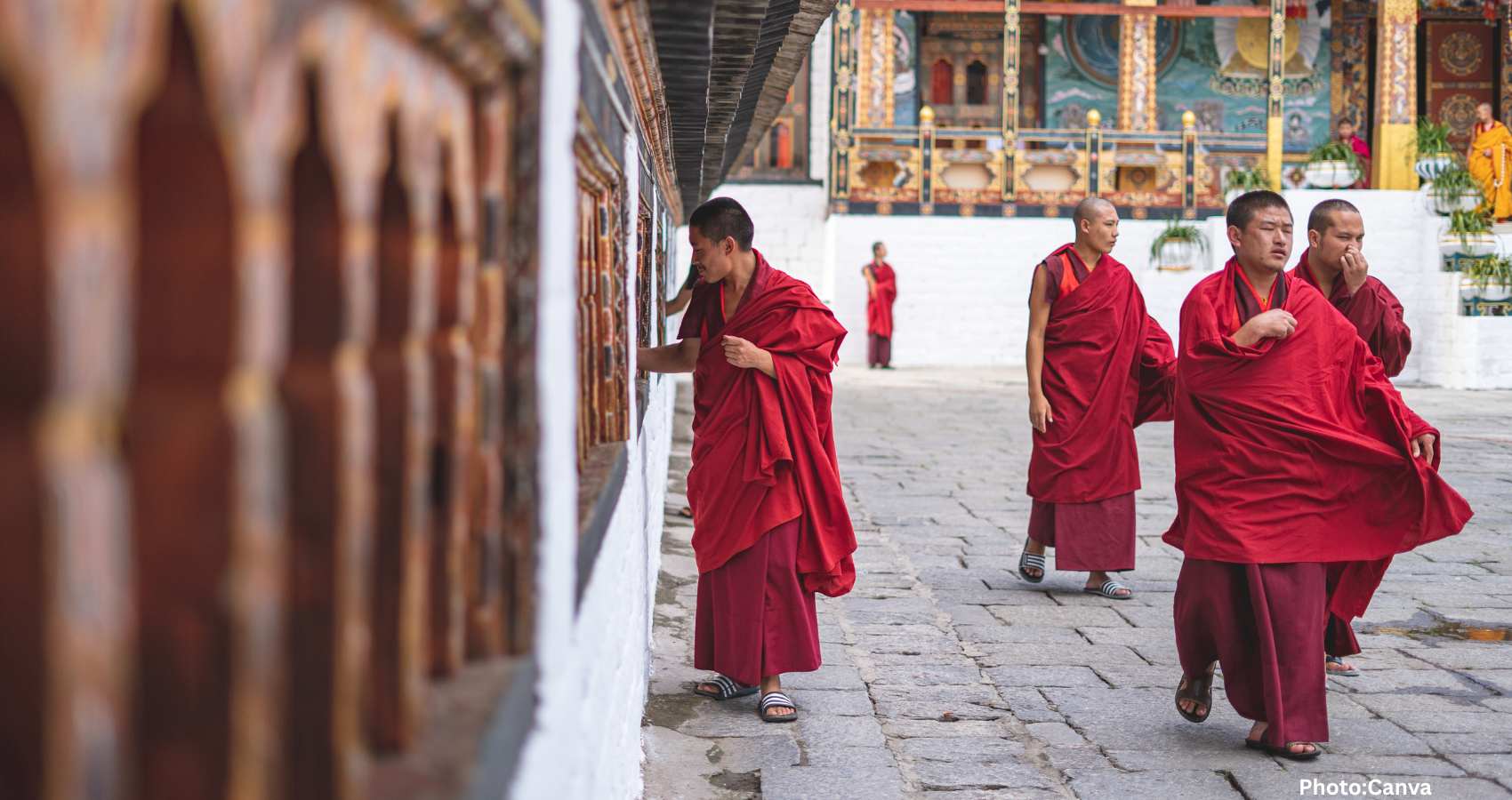Despite decades of international appeals for Tibetan rights, China’s firm grip on the region persists, with ongoing restrictions on culture, religion, and freedoms.
Since the Dalai Lama’s flight from Tibet in 1959 following an uprising against Chinese rule, the United Nations has expressed deep concern for the human rights and freedoms of the Tibetan people. Through Resolution 1353 (XIV), the UN called for the protection of these rights, marking the beginning of a long-standing dialogue on the issue.
In the early 1960s, the UN adopted two additional resolutions that served as moral rebukes to Beijing’s actions, affirming Tibet’s right to self-determination. Over the decades, the international community has urged China to ease its stringent control over Tibet and cease its campaign to assimilate Tibetans into a Han-dominated culture, which threatens their unique cultural and religious identities.
From Washington to Brussels, numerous statements of concern have been issued, with high commissioners seeking access to the region and coalitions of nations forming to censure Beijing. However, China has remained resolute in its refusal to change its approach, framing its continued occupation of Tibet as a matter of sovereignty and national unity. According to Beijing, Tibet has been “an inseparable part of China since antiquity” and is now a model of economic progress.
Criticism, even from the Tibetan people whom China claims to have uplifted, is dismissed as politically motivated interference. This stance has persisted through various global eras, from the Cold War to China’s emergence as a global power.
Nearly seven decades after the uprising, the situation in Tibet remains dire. Reports indicate ongoing restrictions on religion and language, mass detentions, and a lack of access for independent observers.
The language of international appeals has evolved over the years, yet the core message has remained consistent. Following violent protests in Lhasa in the late 1980s, the U.S. Congress recognized Tibet as an “occupied country” and praised the Dalai Lama’s proposals for a negotiated settlement. The European Parliament echoed this sentiment with its own declarations, some explicitly endorsing his peace plans.
In 1991, the UN Sub-Commission on Prevention of Discrimination and Protection of Minorities broke a 26-year silence by adopting a resolution on Tibet, calling for an end to policies that threaten the Tibetan people’s cultural and religious identity. Human rights rapporteurs have pressed Beijing for access and accountability, raising concerns about religious freedom and torture.
The message gained further momentum in 2012 when Navi Pillay, then the UN High Commissioner for Human Rights, warned that “social stability in Tibet will never be achieved through heavy security measures and suppression of human rights.” In 2020, a coalition of 39 countries, including Britain, Japan, and nearly all European Union members, called for “immediate and unfettered access” to Tibet for independent observers, marking one of the strongest joint statements in years.
Despite these moments of unity, tangible change on the ground has remained elusive. Beijing has allowed the appeals to accumulate without facing real accountability for its actions. In fact, China’s position has only become more entrenched. Since the 2008 uprising, the Communist Party has implemented policies of near-total control over religious institutions, intensified “patriotic education” campaigns in monasteries, and established extensive surveillance systems across the Tibetan plateau.
Political dissent is met with severe punishment. Advocates for cultural rights, such as Tashi Wangchuk, have faced years of imprisonment on charges of “inciting separatism,” a broad term that conflates peaceful expression with a threat to the state. The boy recognized by the Dalai Lama as the Panchen Lama has been missing since 1995, despite repeated UN requests for proof of his well-being.
China’s response to UN criticism has been consistently dismissive. The government rejects all allegations of abuse, accuses the UN of bias, and mobilizes a bloc of supportive states to counter any resolutions or debates. Requests for visits to Tibet by high commissioners or special rapporteurs are often met with the same refrain: not now, not convenient. No UN human rights chief has been permitted in since 1998, and no special rapporteur has visited since 2005.
The UN’s record on Tibet has been characterized by a lack of decisive action. No Tibet-specific resolution has been passed in the General Assembly since 1965. The former UN Commission on Human Rights failed to adopt a resolution on Tibet, with Chinese diplomats repeatedly blocking action through procedural tactics. The Human Rights Council, which replaced the commission in 2006, has similarly struggled, with China rejecting most recommendations outright.
China’s status as a permanent member of the Security Council, along with its economic influence over developing countries and a growing bloc of allies, has shielded it from meaningful censure. This has resulted in a pattern of rhetorical condemnation without enforcement, allowing Beijing to absorb international concern without facing consequences.
The trajectory of Tibet’s treatment at the UN illustrates the limitations of moral persuasion in the absence of political will. While strong words have been plentiful in resolutions and statements, what has been lacking is the mechanism and unity to translate those words into actions that China cannot easily ignore.
If the international community is serious about addressing human rights abuses in Tibet, it must move beyond symbolic gestures. This could involve establishing a dedicated UN mechanism to monitor China’s treatment of Tibetans, linking access to economic or diplomatic benefits, or at the very least, insisting on regular, unmonitored visits by human rights experts. Without such measures, every statement of concern risks becoming just another entry in a long, ineffective record.
Source: Original article

